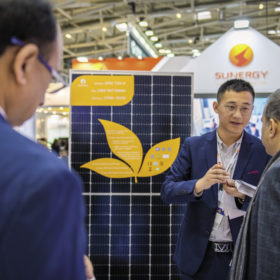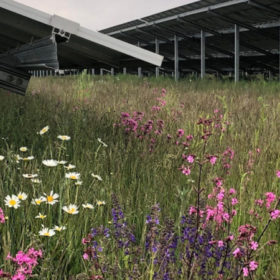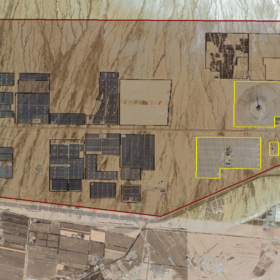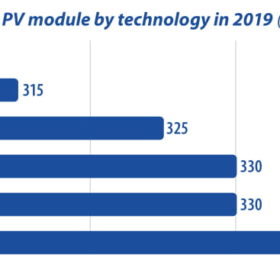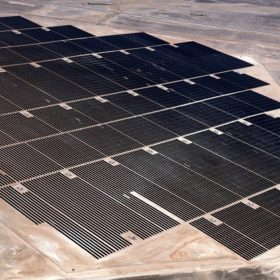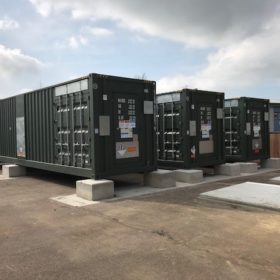Sharp cell, module distinctions begin to form
The cost effectiveness of solar energy is becoming a top priority in terms of the selection of end market products, writes EnergyTrend’s Lions Shih. The result? A more varied and diverse module landscape alongside mono’s continued rise.
Why solar parks should replace agricultural land
This year’s Earth Overshoot Day falls on Friday, August 2. The current UN report on biodiversity protection does not report anything good. At least two reasons for our children to demonstrate on Fridays so that we not only talk, but act, says Ralf Schnitzler, project developer, solar parks, Bejulo GmbH. He believes that now is the time to take the energy revolution seriously. Below, he lays out his arguments and ideas on how the energy transition and other transformations could be possible with solar parks.
An overview of the world’s largest solar parks
In the second of a series of four blogs, solar pioneer Philip Wolfe lists the world’s largest solar parks. In these articles, a ‘solar park’ is defined as a group of co-located solar power plants.
The sun rises on the bifacial module market
With market penetration exceeding expectations in 2018, bifacial technology is set to account for one third of global solar module production by 2022, writes Edurne Zoco, Research Director at IHS Markit. Bifacial and half-cell technologies are rapidly gaining momentum due to their improvements in power output, along with their low implementation barriers and minimal capex requirements
How corporates are leading the 100% renewable energy transition
An historic new report from Energy Watch shows that we can reach 100% renewable energy in just a few decades, and it’s affordable; making this the clear answer to tackling climate change.
China’s new solar FIT policy
On April 30, China’s National Development and Reform Commission released the “Improving Issues Related to Feed-in Tariffs for Solar Photovoltaic” notice, the first document that confirms the level of FIT payments for solar projects following several consultation papers issued previously this year. The new FIT rates are set to be effective starting July 1.
A guide to the world’s largest solar power stations
In the first of a short series of blogs, solar energy pioneer Philip Wolfe highlights the differences between solar farms, solar parks and clusters, in order to identify the world’s largest solar power stations.
Bifacial module demand continues to grow
Module technologies such as bifacial, half-cut, multi-busbar (MBB), and shingled are maturing after two years of improvement. Comparing module technologies, we see that half cut has a high degree of maturity in production equipment, high yield rates, and output climbing since the beginning of 2018. From late 2018 to 2019, most companies have expanded or upgraded their portfolios by pairing half-cut technology with MBB technology.
Transformation of support system for renewables following introduction of renewable energy auctions in Ukraine
Following the adoption of the Law of Ukraine “On the Electricity Market” (the Electricity Market Law) in 2017, which set out the legal framework for the new electricity market design and the role of renewables within it, the renewable energy sector has been developing rapidly in Ukraine.
100 GW: PV in its teens
With almost 100 GW commissioned in 2018 (the same level as in 2017), the PV market was stable at a global level, writes Becquerel Institute’s Gaëtan Masson. This hides different market developments, as for example the decline of the Chinese PV market from 53 to 45 GW, and growth in other markets. The global market, exempting China, grew from 41 GW in 2016 to 46 GW in 2017, a rather big jump as it reached close to 55 GW in 2018.
